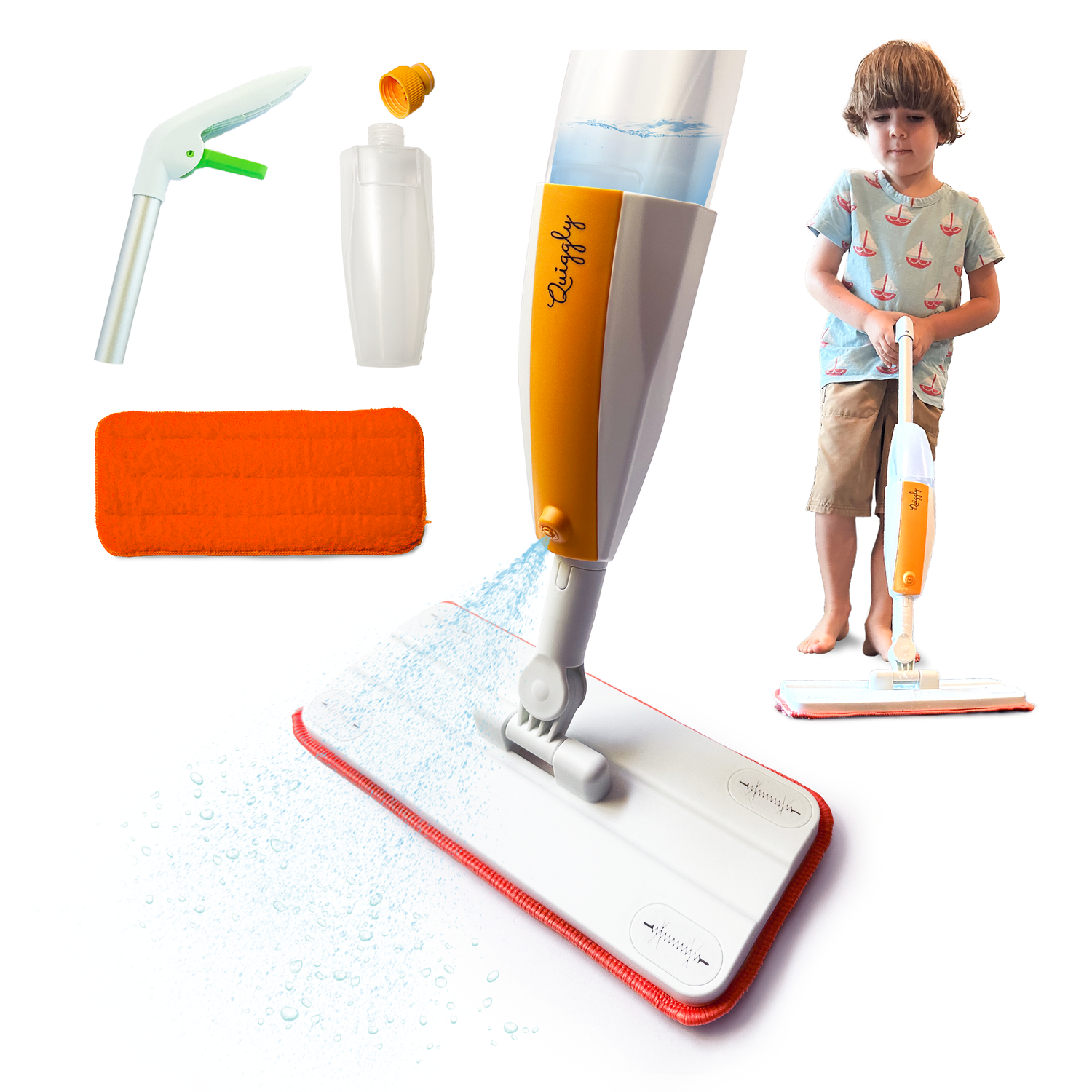
Troubleshooting Common Problems with Building Block Sets for Toddlers
Building block toys have always been a staple in playrooms, offering endless possibilities for fun and learning. These simple yet versatile toys do more than just entertain; they help develop creativity, problem-solving skills, and even social abilities. For young toddlers, building blocks are a gateway to exploring shapes, colors, and textures while nurturing their imagination. Engaging with these toys can enhance a child’s ability to think critically and understand spatial relationships, laying the groundwork for more complex cognitive skills as they grow. With their hands-on nature, building blocks are not just about stacking; they encourage kids to experiment, fail, and try again, fostering resilience and persistence.
As delightful as these toys can be, they sometimes present challenges that can puzzle parents and frustrate little builders. Mismatched pieces, structures that topple too easily, or just the overwhelming sea of options can cause complications during playtime. Addressing these issues head-on can transform a frustrating play session into a satisfying learning experience. Understanding common problems and figuring out practical solutions can make all the difference, ensuring that both parents and toddlers get the best out of their building block adventures.
Common Problems with Building Block Sets
Even the most well-loved playthings can have their hiccups. Building block sets, despite their simplicity and educational potential, can sometimes trouble parents and their toddlers. Some of the most frequent headaches include losing pieces that seem to vanish into thin air, having structures collapse at the slightest nudge, and toddlers struggling with sets that might not suit their current abilities.
One of the biggest issues is the inevitable moment when crucial pieces go missing. Block sets don't come with just a few bricks; they often include dozens or even hundreds. It's easy for pieces to roll under furniture or get mixed up with other toys. Parents often find themselves with partially completed projects or stacks that are just one block away from being finished.
Stability is another recurring problem. Young children, still perfecting their motor skills, might find it tricky to keep their towers standing. Together with the challenges of hand-eye coordination, they may feel disappointed when their efforts crumble too soon.
In some instances, block sets designed for older children might pose difficulties for younger toddlers. Many toddlers passionately want to imitate older siblings or children but become frustrated when they struggle with smaller, more intricate blocks meant for advanced building.
Understanding these challenges is the first step in finding solutions that keep playtime enjoyable. By addressing these common pain points, parents can help their toddlers manage building blocks with confidence and joy.
Solutions for Missing Pieces
Dealing with lost pieces doesn't have to be a constant battle. With a few smart strategies, you can keep those blocks in check and prevent them from losing their way. Here's how:
1. Inventory Check: Regularly take stock of your block collection. Have a quick count to make sure everything is in its place. This habit can catch missing pieces early before they're truly lost.
2. Dedicated Storage: Choose a specific bin or box just for your blocks. Portable or transparent containers can make it easy for your little one to see inside and check for any missing pieces at a glance.
3. Crafting New Shapes: Embrace mismatched pieces as a creative opportunity. Show your toddler how to incorporate a variety of blocks into inventive new designs, celebrating creativity over symmetry.
4. Frequent Clean-Up: Set aside a quick minute at the end of each play session for clean-up. Get your toddler involved by making it a game to hunt for "hidden" blocks around the room.
These simple steps can help maintain a full set for the next play adventure, ensuring your child's creativity never has to pause due to missing blocks.
Improving Stability
When it comes to building block play, a wobbling tower can quickly lead to frustration for a toddler. To help these budding architects avoid the angst of toppling creations, here are a few methods to construct sturdier masterpieces:
1. Choose the Right Surface: Ensure play happens on a flat, stable surface. A firm table or the floor works better than a carpet, which can cause structures to lean or tip over.
2. Interlocking Blocks: Opt for blocks that are designed to interlock. These provide added stability and make it easier for little hands to build taller structures. If some blocks don’t lock well, demonstrate how a wider base can lend more support.
3. Foundation First: Encourage toddlers to start with a solid, broad base. Build the foundation with larger blocks to support the rest of the construction. This strategy will reduce the likelihood of tipping as the building gets taller.
4. Patience and Practice: Teach patience by showing how gentle adjustments can strengthen a structure. Help your child practice placing and adjusting blocks slowly, reducing the chance of knocks and bumps that could destabilize the tower.
By using these tips, you can enhance your toddler's ability to build more stable and impressive structures, encouraging their confidence and enjoyment in block play.
Age-Appropriate Building Blocks
Selecting the right building blocks according to your child’s age is key to keeping them engaged and challenged. Blocks that are too advanced can cause frustration, while those that are too simple might lead to boredom. Here’s how to choose the perfect set:
- For Babies (0-12 months): Look for soft fabric blocks or lightweight plastic ones with bright colors and interesting textures. This allows safe exploration as babies learn to grasp and manipulate objects.
- For Toddlers (1-3 years): Larger, interlocking blocks or wooden blocks work best for toddlers. These are easy to handle and help develop fine motor skills and hand-eye coordination without causing frustration.
- For Preschoolers (3-5 years): As skills develop, children can move to smaller, more detailed blocks. Sets that involve a bit more complexity will stimulate problem-solving and encourage creativity.
Gradually increasing the complexity of block sets as your child grows ensures their interest remains piqued. Introducing new challenges at appropriate stages supports continual learning and development.
Encouraging Creative Play
Building blocks are more than just tools for constructing towers; they are catalysts for imaginative play. Here’s how you can inspire creativity using these versatile toys:
- Role-Playing Games: Create scenarios such as building a zoo, a farm, or a cityscape. Join in as your toddler crafts the environment, encouraging storytelling as they decide what’s happening in their block world.
- Color and Pattern Challenges: Introduce fun tasks like stacking blocks according to color or pattern sequences. These exercises help develop organizational skills and boost comprehension of patterns and sequences.
- Block Art: Use blocks to stamp patterns into playdough or paint for a unique art project. This combines art with physical play, enhancing creativity and fine motor skills simultaneously.
Encouraging variety in block play not only makes it more enjoyable but also incredibly beneficial for cognitive and social development.
Nurture Your Toddler's Creativity and Development
Building blocks do more than entertain — they significantly contribute to a child's growth. By selecting blocks that align with your toddler’s age, you set the stage for developing creativity, problem-solving, and coordination. Encouraging imaginative play opens up endless opportunities for learning and exploration.
Ensuring that blocks are used to their full potential involves patience and creativity. With thoughtfully chosen sets and a playful approach to overcoming challenges, these toys transform playtime into a rewarding journey for both you and your child, fostering a love for hands-on learning that will support their development for years to come.
Discover endless possibilities for your child's learning and creativity with Quiggly's beautifully crafted building blocks toys. Our Montessori-inspired sets, designed to nurture growth and development, provide a perfect blend of educational fun and imaginative play. Whether your little one is stacking towers or exploring new shapes, these toys are crafted to engage and inspire. Explore our Wooden Rainbow Building Blocks Set to bring vibrant, hands-on learning to your child's playroom today.

